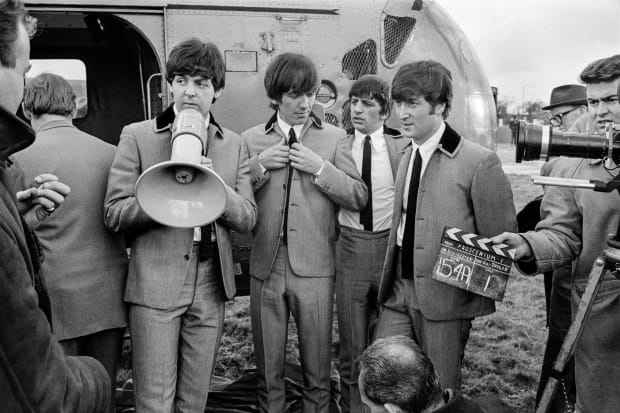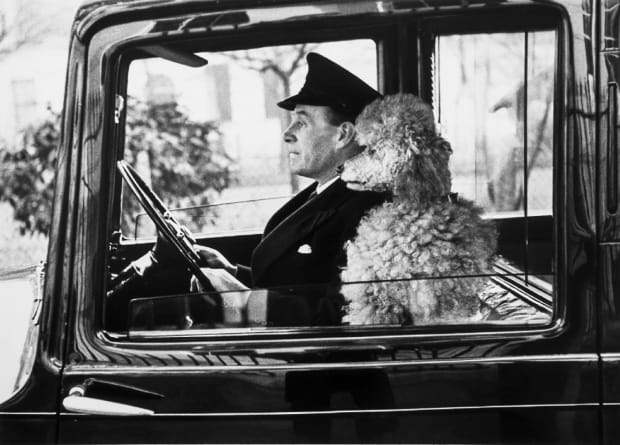We are delighted to announce the opening of our two new galleries at 48 and 50 Maddox Street in Mayfair. At 48 Maddox Street, we are staging the exhibition Telling Stories. Picture Post and its Legacy. The exhibition presents some of the key photographers of Picture Post magazine as well as curated selection of some later British photographers who built on this storytelling or documentary tradition.
The exhibition features works by Shirley Baker, Bill Brandt, Anna Fox, Ken Grant, Brian Griffin, Bert Hardy, Nigel Henderson, Paul Hill, Thurston Hopkins, David Hurn, Kurt Hutton, Colin Jones, Dafydd Jones, Chris Killip, Karen Knorr, Marketa Luskacova, Roger Mayne, Daniel Meadows, Jim Mortram, Martin Parr, Charlie Phillips, Tony Ray-Jones, Paul Reas, Grace Robertson, Jo Spence, Wolfgang Suschitzky, Homer Sykes, Jon Tonks.
VIEW THE EXHIBITION HERE
Picture Post was recently the subject of a major film, Picture Stories. Details can be found here:
PICTURE STORIES WEBSITE
We are grateful to the photographers for their support of this exhibition and for providing the statements about the importance of Picture Post to each of them.











